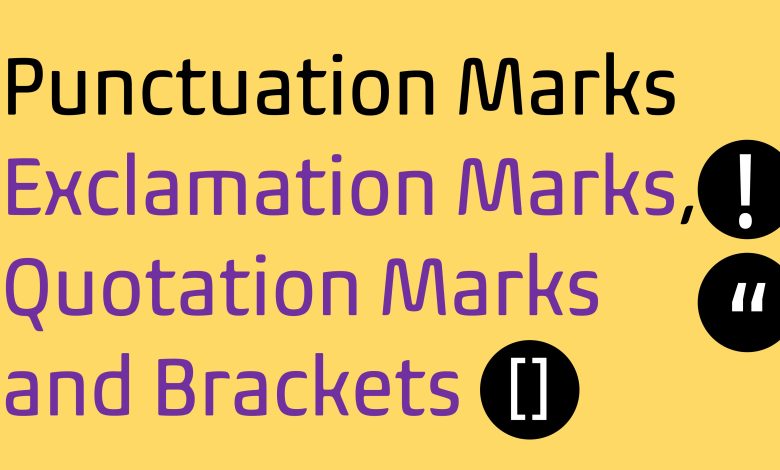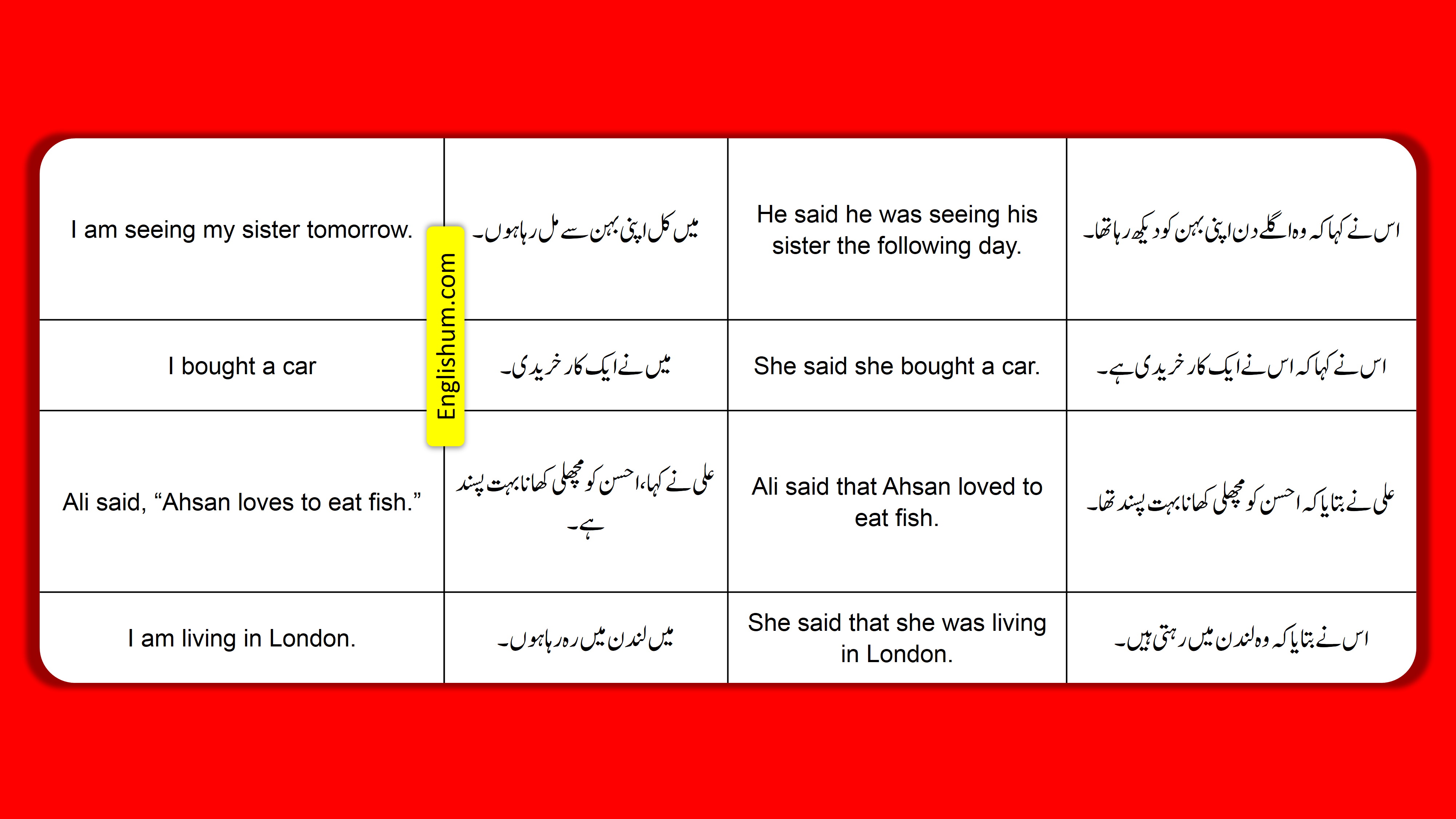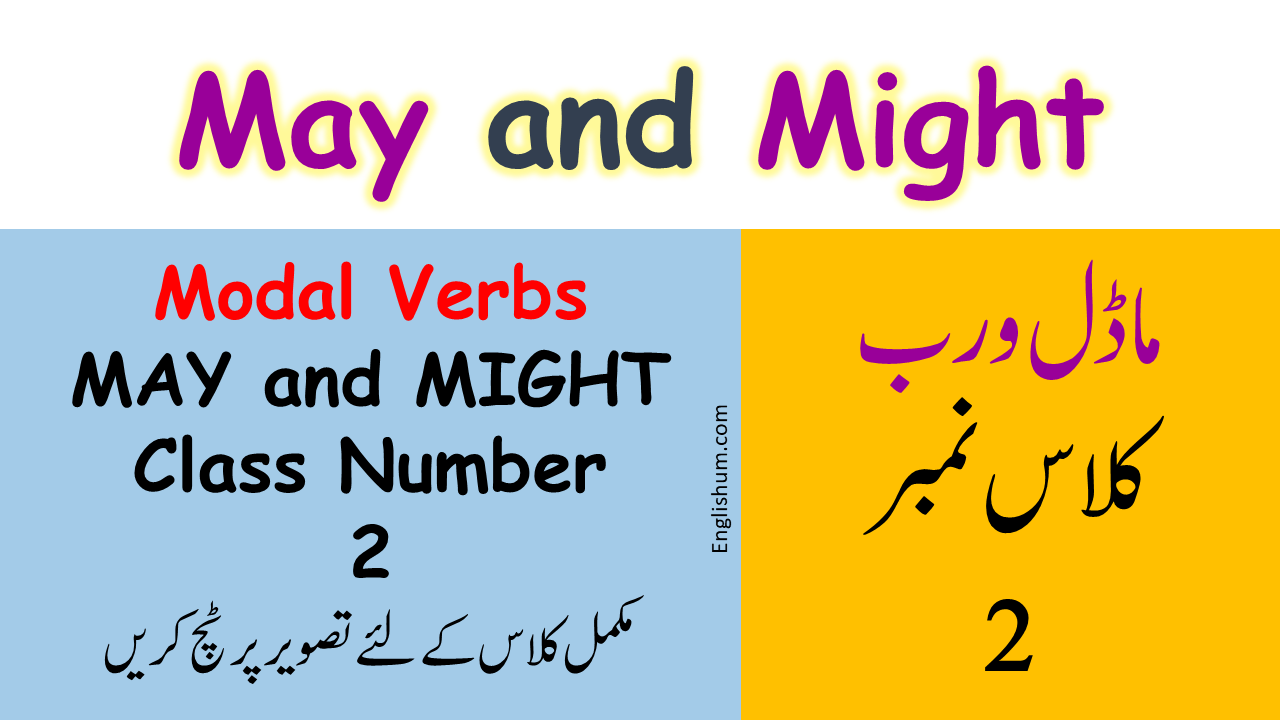Punctuation Marks Exclamation Marks, Quotation Marks and Brackets

Exclamation Marks, Quotation Marks and Brackets
Hello students! Welcome to Englishum in today’s blog we are going to learn about some punctuation marks in this blog we have included an Exclamation mark, Quotation marks, and Brackets. You will learn all the usages of them and as well as how to use them.
Brackets [ ]
Definition: The sign “[ ]”, which is usually used to close a price of information that is already closed inside parentheses or inverted commas, is called a “bracket.”
ex
He reported to the police; he said, “When they [ Bashir and Amir ] entered the hotel, they opened fire at us.”
She said, “Did you see the black car [ 2007 model Carola ] was auctioned today?”
1. when a quotation is written, it is written as it is in its original shape and words. If there is a mistake or poor or bad grammar in the quoted quotation that you are going to write, you write “sic” in parentheses or square brackets near the mistake. The word “sic” in parentheses or square brackets “(sic) / [ sic ]” means that the mistake or poor grammar had already existed in the quoted quotation.
ex
He said, “Children (sic) / [ sic ] playing football.”
The exclamation mark (!)
Definition: The sign (!), which comes at the end of the sentences and expresses sudden and strong feelings of anger, surprise, or joy, is called the “exclamation mark”.
Note: In American English, the exclamation mark is called “exclamation point”.
The usages of exclamation marks:
(1) An exclamation mark is used at the end of exclamatory sentences.
ex
What a beautiful flower it is!
How heavy this box is!
What a wonderful house it is!
(2) An exclamation mark is used after the interjections.
ex
Oh! God.
Alas! he died.
Note: Exclamation marks come after words, phrases, or sentences that express sudden and strong feelings of anger, surprise, or joy.
ex
A. We can’t do this work.
B. Nonsense! (expresses anger)
C. I can do this work.
B. Excellent! (expresses joy)
C. I did it.
B. Bravo! (expresses joy and appreciation)
C. Oh! it broke
B. Shit! (expresses anger)
Note: Sometimes the interrogative or negative & Interrogative sentences end with exclamation marks when the speaker expresses sudden and strong feelings of anger, surprise, or joy while asking questions.
Am I not fit for the job? (Sudden and strong feeling of anger and surprise)
Did they win the match? (Sudden and strong feeling of surprise) How can I kill him!
Why should I cheat her?
Note: Declarative, imperative, and interrogative sentences can change into exclamatory sentences.
ex
I study in America. (Declarative sentence)
You study in Pakistan! (Exclamatory sentence – The speaker expresses surprise over the above said sentence.)
Come here. (Imperative sentence)
Come here! (Exclamatory sentence – The speaker expresses anger.)
Isn’t he here? (Negative & Interrogative sentence) Isn’t he here? (Exclamatory sentence – The speaker expresses sudden and strong feelings of surprise and anger.) Note: Sometimes double exclamation marks (!!) are used to express very severe type of sudden and strong feelings in very informal writing, especially in stories and novels.
ex
King disappeared!!!
Note: Both, the exclamation and the question marks can be used at the end of a remark at the same time informally when the listener expresses sudden and strong surprise and wants to confirm the said remark at the same time with the help of the same remark.
ex
A
His father died now.
B
Just he died just now!?
Quotation marks / Inverted commas (” “/”)
Definition: The signs ( “), which are usually used to close direct speech, are called “quotation marks/inverted commas”.
Note: In British English, quotation marks are also called inverted commas.
Note: Both, single and double quotation marks/inverted commas are used; in British English, single quotation marks/inverted commas (are usual) and in American English, double inverted commas are usual. Note: In printing work, it has become common to use single inverted commas.
The usages of inverted commas:
(1) Quotation marks / inverted commas are used to close the “direct speech” / “reported speech” including the punctuation marks (full-stop, question mark, exclamation mark, etc.) ex
He said, “Where do you read?” She said, “What a nice place it is!”
They said. “We won the match easily.”
Note: Quotation marks/inverted commas are used to draw the attention of the reader to the targetted word, phrase or any term. ex
The phrase “for example” has been derived from the Latin word “exempli-gratia”.
Note: If a targetted word, phrase or any term which is closed by inverted commas comes at the end of a sentence, the punctuation mark of the preceding sentence remains outside of the inverted commas.
ex
Have you watched his new film “Success”?
Note: If a targetted/specified word, phrase, saying, or any term closed in inverted commas comes at the end of a reported speech that is already closed in inverted commas, the punctuation mark of the preceding sentence remains outside the inverted commas of the targetted/specified word or term but remains inside its inverted commas.
ex
He said, “Have you watched his new film ‘Goraj’ ?” She says, “Have you listened to the saying ‘easy come, easy go’ ?”
Note: If a quotation comes inside a quotation, you can use double Inverted commas inside single (inverted commas) or (you can) use single inverted commas inside the double commas) in British English.
ex
She says, ‘Have you listened to the saying “easy come, easy go”?’ OR She says, “Have you listened to the saying ‘easy come, easy go?”
Note: If there are more than one or two sentences in a reported speech, put inverted commas at the beginning and at the end of all the sentences including their last punctuation mark.
ex
He said, “They are coming here tomorrow. Do you want them to stay with you?” He said, “I was reading. They were watching TV and she was cooking the food.”
Note: If the reported speech comes after the reporting speech, “comma” comes after the reporting speech and full stop comes at the end of the reported speech and closed in inverted commas.
If the reported speech comes before the reporting speech, “comma” comes after the reported speech is closed in inverted commas “full comes at the end of the reporting speech, and the capital letter of the reporting speech changes into the small letter. ex
He said. “I am not satisfied.” OR “I am not satisfied,” he said.
Note: If the reported speech is divided into two parts by the reporting speech, two sets of inverted commas will be used; each part will be closed with inverted commas; the first part will be followed by a comma; and the last part of the reported speech will be followed by a full stop.
ex
“Wait for me,” shouted the boy, “I am also coming.”
“Let me go.” said the man, “I am getting late.”
Note: Quotation marks are used to close the names and titles of films, magazines, newspaper articles, short stories, songs, poems, etc. in a sentence.
ex
Have you watched “The Sea Shore” the new film by James? Do you read “The Daily Mail” from England? I read “The Mag”.
Have you listened to the story of “Dove and Bee”? Note: When there are more than one two or three quoted paragraphs, put inverted commas at the beginning of the first paragraph and the end of the last paragraph. Remember. don’t put inverted commas in between the paragraphs.



